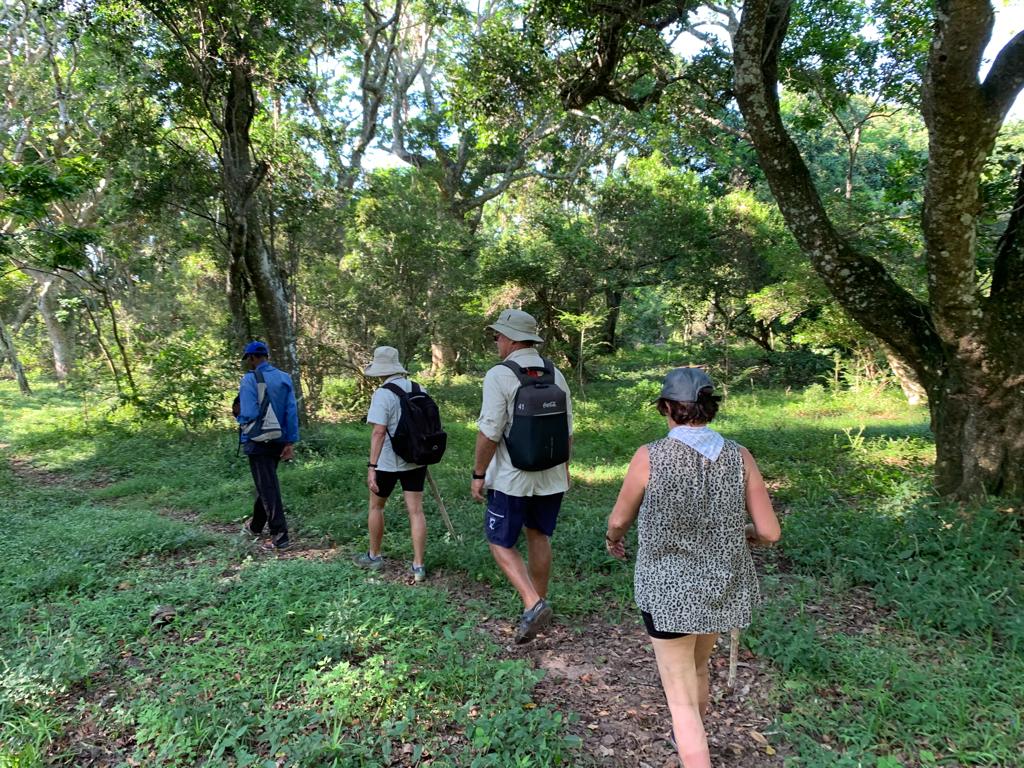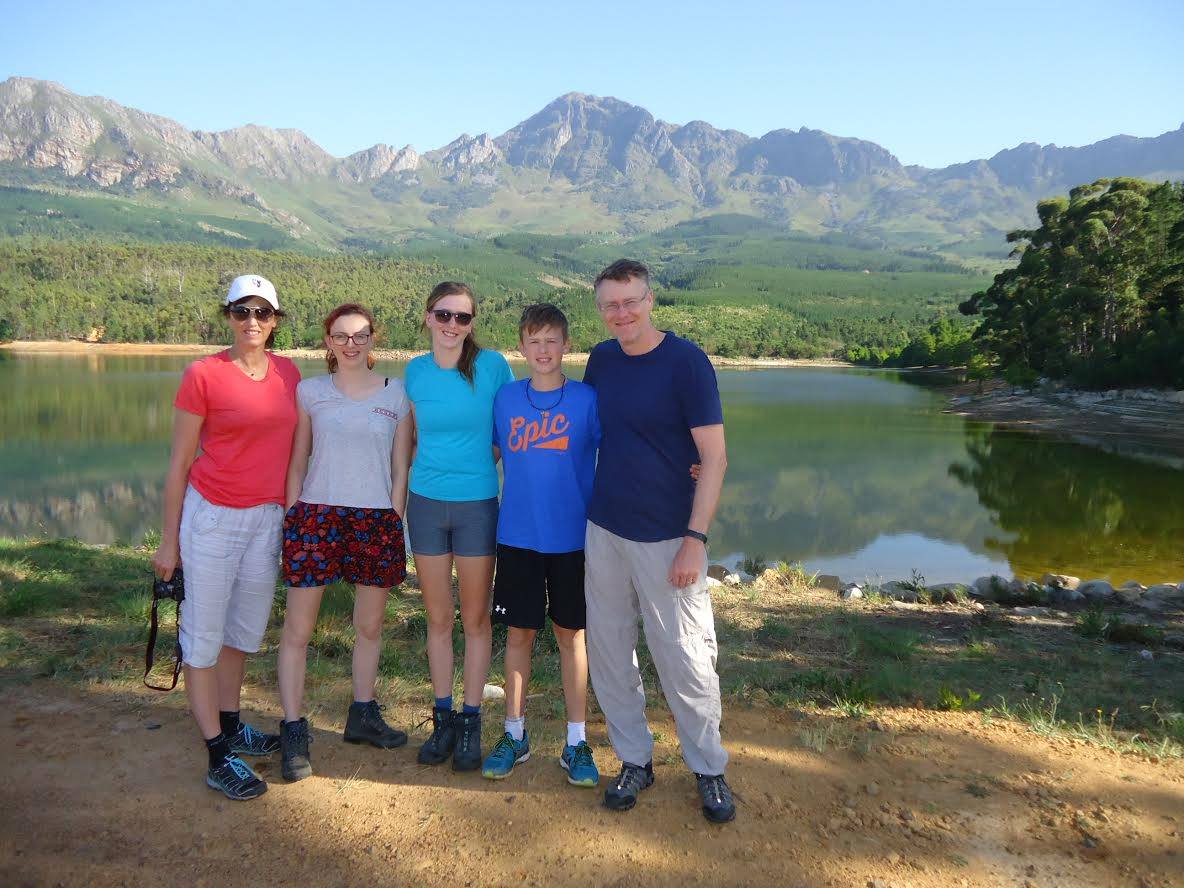Walking/hiking Terminology
Definition of hiking
“The activity of going for long walks in the country for pleasure”-Oxford Dictionaries
Other definitions:
“walk a long distance,especially across country or in the woods”
“To go on an extended walk for pleasure or exercise”
“Hiking is an outdoor activity which consists of walking in natural environments, often in mountainous or other scenic terrain. People often hike on hiking trails.
Hiking refers to walking outdoors on a trail for recreational purposes. A day hike refers to a hike that can be completed in a single day, not requiring an overnight camp. Multi-day hikes with camping are referred to as backpacking. Hikers generally carry water, food, and a map in a backpack”- Wikipedia
Definition of trekking
Trekking: The main difference between hiking and trekking is that hiking is mainly a leisure activity which is done by walking on well-made trails and man-made roads. However, trekking is more rigorous, and a more challenging activity. It tests one’s physical ability, endurance, and even their mental or psychological capacity (Quora)
Definition of walking
If hiking is defined as “a long walk for pleasure”, when does a walk become a hike ?
Is it walking on a path in the bush or wearing special boots or carrying a big backpack? Is it spending nights out in the wilderness with little protection? Not necessarily.
Walks can be taken nearly anywhere. A walk does not involve camping overnight or any equipment beyond comfortable shoes and a water bottle. But a walk can be anything from a short stroll down the street to a 20 km on a trail. A walk can be strenuous and include challenging terrain.
So what is the difference walking/ hiking ? It seems that hiking and walking often are the same thing, and the best outdoors people have difficulty in drawing the line of when a walk becomes a hike.
We prefer to refer to our tour package as walking holidays, because the quality of accommodation is way beyond multi-day backpacking (associated with hiking). You will also have clear route instructions and it is not required to carry a big backpack.
Difference between walking and hiking
Here are some key differences between walking and hiking:
1. Terrain and Difficulty: Hiking generally involves walking on trails or paths that are often more challenging and varied in terrain. Hikes often include inclines, rugged surfaces, and uneven ground, requiring more physical effort and endurance compared to casual walking on even surfaces.
2. Duration: Hiking is typically associated with longer distances and can range from a few hours to several days, depending on the trail and the hiker’s goals. Walking, on the other hand, can refer to shorter distances or more leisurely strolls that are not necessarily focused on reaching a particular destination.
3. Purpose and Experience: Hiking is often done for recreational purposes, exploration of natural landscapes, and enjoying the outdoors. It is commonly associated with activities such as backpacking, nature appreciation, and reaching specific viewpoints or destinations. Walking, on the other hand, can encompass various purposes, including leisure, exercise, commuting, or simply getting from one place to another.
4. Equipment and Gear: Due to the more challenging terrain and longer durations involved, hiking often requires specialised gear and equipment. This can include hiking boots, backpacks, navigation tools, appropriate clothing, and provisions such as food and water. Walking, especially for shorter distances or on well-paved paths, typically requires less specialised equipment.
5. Intensity and Fitness Level: Hiking generally demands a higher level of physical fitness and endurance compared to casual walking. The uneven terrain, inclines, and longer durations can make hiking more physically demanding, requiring strength, stamina, and cardiovascular fitness.
It’s important to note that the terms “hiking” and “walking” can have different connotations depending on regional and cultural contexts. The distinctions mentioned above are general in nature and may not apply universally to all situations.
To get more facts and advice–
Read more
Go to a




